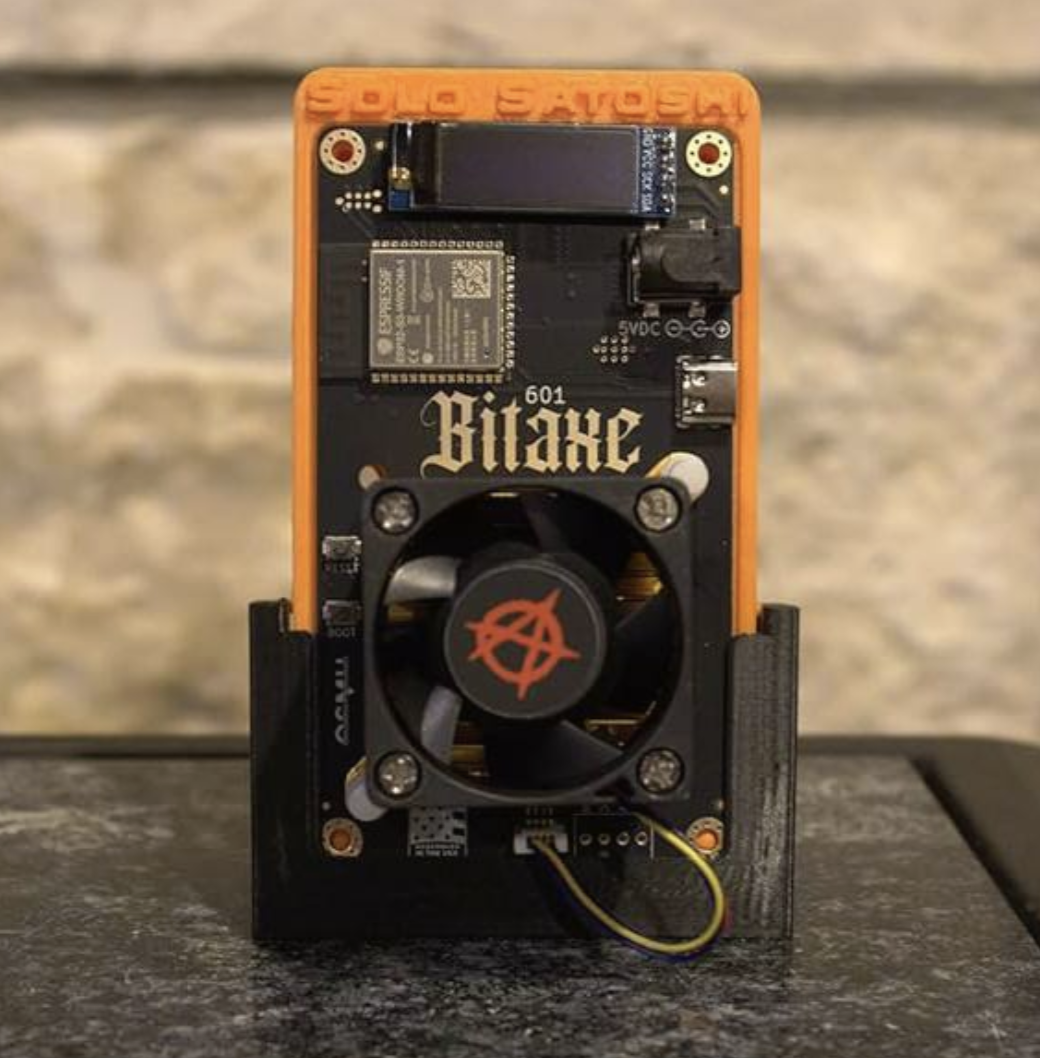The Valkyrie Bitcoin Mining (WGMI) exchange-traded fund (ETF) by CoinShares is currently the worst-performing ETF of 2025, with a 43% year-to-date decline, as reported by Senior Bloomberg ETF analyst Eric Balchunas....
The Valkyrie Bitcoin Mining (WGMI) exchange-traded fund (ETF) by CoinShares is currently the worst-performing ETF of 2025, with a 43% year-to-date decline, as reported by Senior Bloomberg ETF analyst Eric Balchunas. This ETF consists of various publicly traded bitcoin (BTC) miners, with IREN (IREN) as the largest holding at 15% and experiencing a 42% decrease. Core Scientific (CORZ) follows with a 14% weighting and a 48% decline, while Cipher Mining (CIFR), the third-largest holding at 9.6%, is down 52%. Even NVIDIA (NVDA), the sixth-largest holding at 5%, has dropped over 20% this year.
The investment strategy of WGMI involves investing in companies that derive at least 50% of their revenue or profits from bitcoin mining operations or providing specialized chips, hardware, software, or other services to companies engaged in bitcoin mining. With 21 holdings and $147.2 million in total assets under management, WGMI has faced challenges in the market.
In contrast, metals ETFs have been the top performers in 2025, with several gold mining ETFs ranking in the top five. JustETF reports that the Equity World Basic Materials DAXglobal Gold Miners ETF is up 38% year-to-date.
Bitcoin miners are facing significant challenges this year as the network hash rate, representing the computational power needed to mine bitcoin, remains close to all-time highs at around 832 EH/s. This has resulted in a noticeable disparity between bitcoin’s price and the hash rate. Mining difficulty is also near its peak, making it harder for miners to successfully mine new bitcoins. Additionally, transaction fees are extremely low, putting further pressure on miner profitability.



